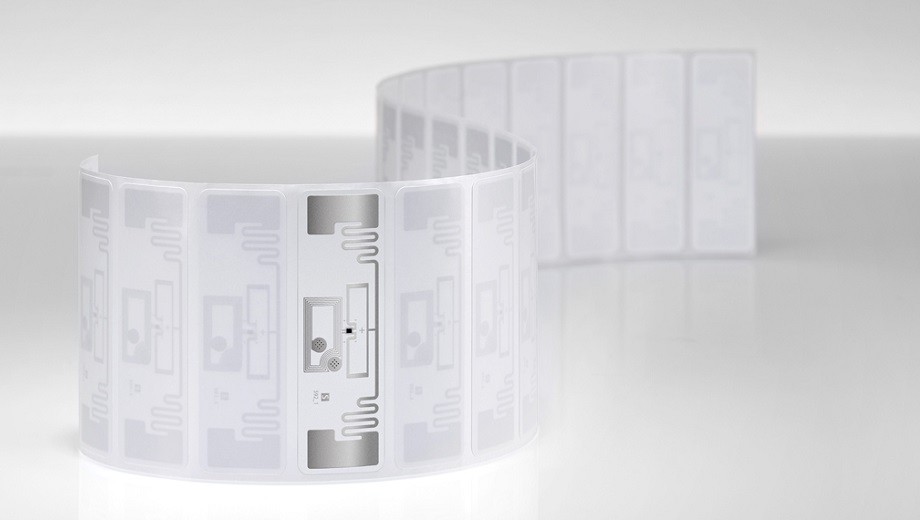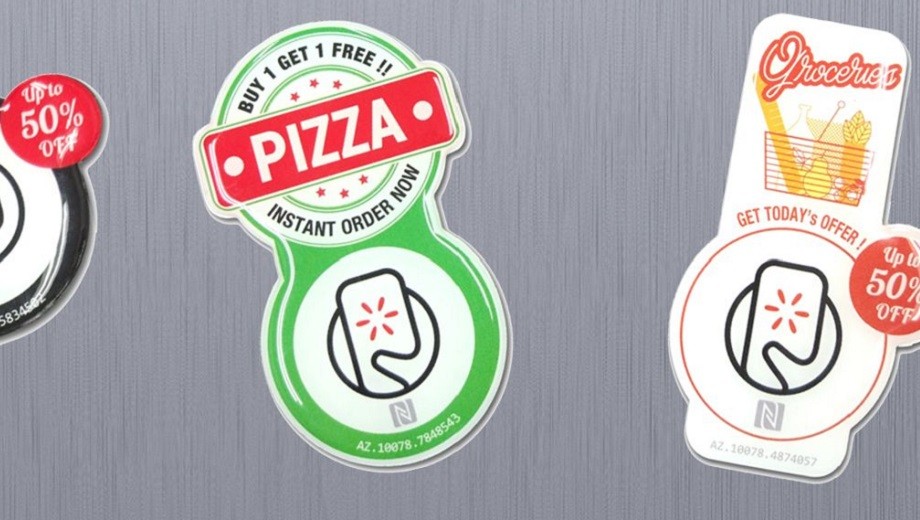Apple’s inclusion of Core NFC in iOS11 means millions of consumers can now interact with things through their smartphones. Here’s why that matters for system integrators and converters.
On September 19th, 2017 Apple released iOS11. With its release, they’re making Core NFC available to users of iPhone 7 or higher. It certainly wasn’t the biggest thing they announced at their developer conference this year, but there’s a massive opportunity buried in it.
Simply put, it means all those millions of users can now use NFC technology to unlock exciting new experiences. This in turn offers system integrators the opportunity to develop new applications that offer brand product manufacturers a way to make the most of a super-valuable segment.
How brands that sell physical products can use NFC-based applications
Apple is no stranger to NFC. In fact, it’s been the basis for Apple Pay. But until now, iOS hasn’t supported other uses. From September 19th, that’s changed. And it means iPhone users can’t just buy things from their phone. They can now interact with things through their phones.
That’s because NFC technology is being used to turn physical products into what we call ‘living products’. These are physical products with an NFC tag embedded in them. So you can tap on one with your smartphone, and generate a unique, personalized digital experience.
This is the future for brands that sell physical products, and a golden opportunity for system integrators to develop ways for brands to interact with their consumers. Because now ski jackets can deliver localized slope information. Automotive parts can give installation instructions at point of use. Refillable consumables can prompt users to reorder them with one tap of a phone.
Branded products can become platforms for a more relevant, exciting and innovative customer experience. They amplify the value of the products themselves.
Why Apple users are a particularly valuable segment
With Apple’s announcement, the universe of people who can use NFC tags is bigger than ever. That’s important. But the real opportunity for brands is that Apple users are mostly the people who highly appreciate valuable products and innovative technology.
The new iPhone 8 will retail from $699, up to $849 for a bigger screen and more storage. The iPhone X starts at $999 for 64GB, or $1149.00 for 256GB. As many other people, also Apple users aren’t afraid to spend on quality for premium products.
So here’s the opportunity – Apple is the ultimate brand, and Apple users ultimate brand buyers. NFC now means you can develop applications that will allow global brands to harness that market for their own physical products.
Apple’s inclusion of Core NFC in iOS11 means that millions of consumers who’re proven to value premium and innovative experiences can now read NFC tags. By 2018, once iOS11 has gained momentum, you’re looking at hundreds of millions consumers.
Third parties who capitalize on that, by allowing brands to leverage the NFC functionality they are already building into their products, can engage this high-value segment in a whole new way. Most important, they can enable their customers to turn branded products into platforms that drive sales and boost customer engagement. This can create true competitive differentiation for the brands, and a healthy revenue stream for system integrators.
Want to learn more about NFC? Check out our dedicated NFC for all page.



